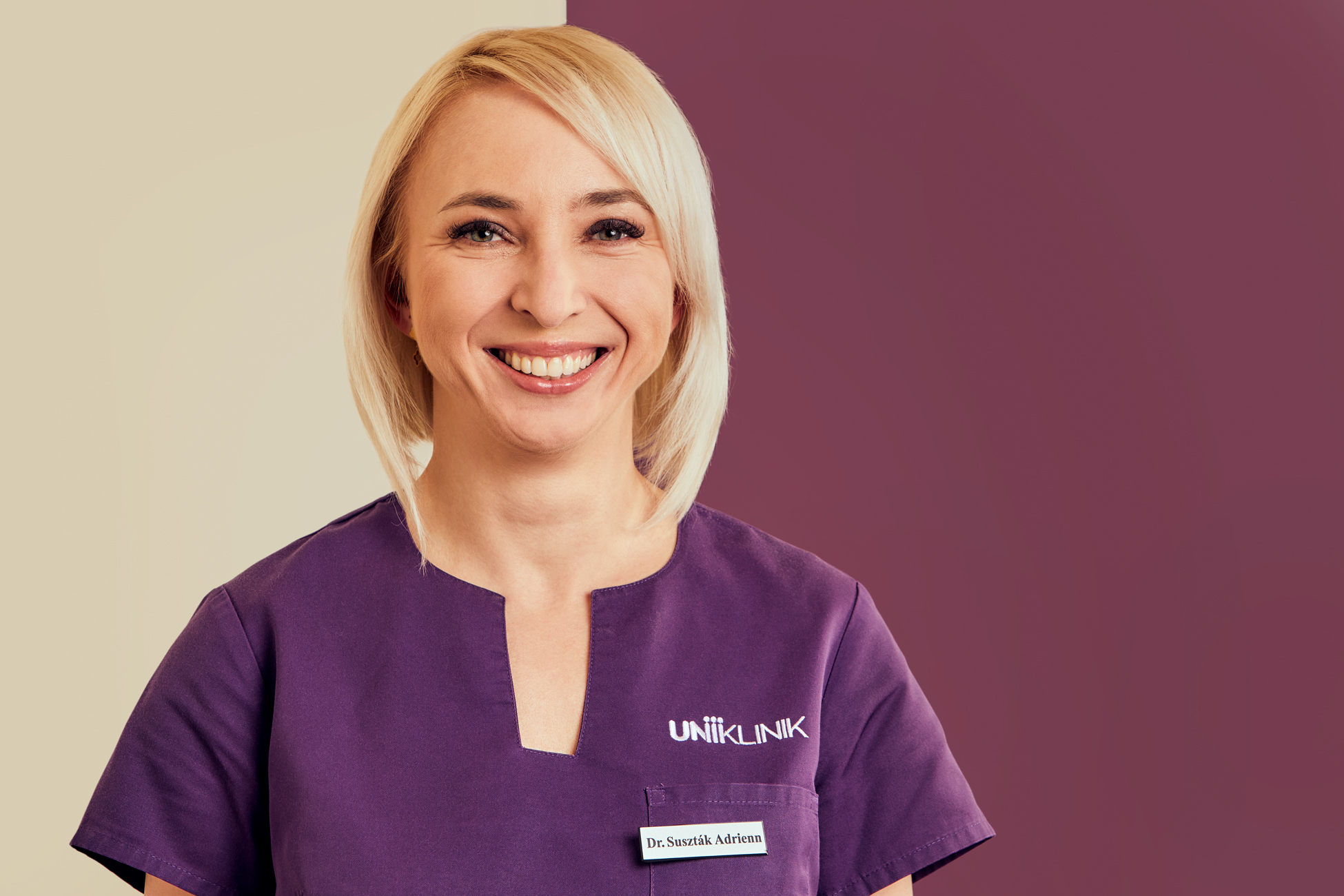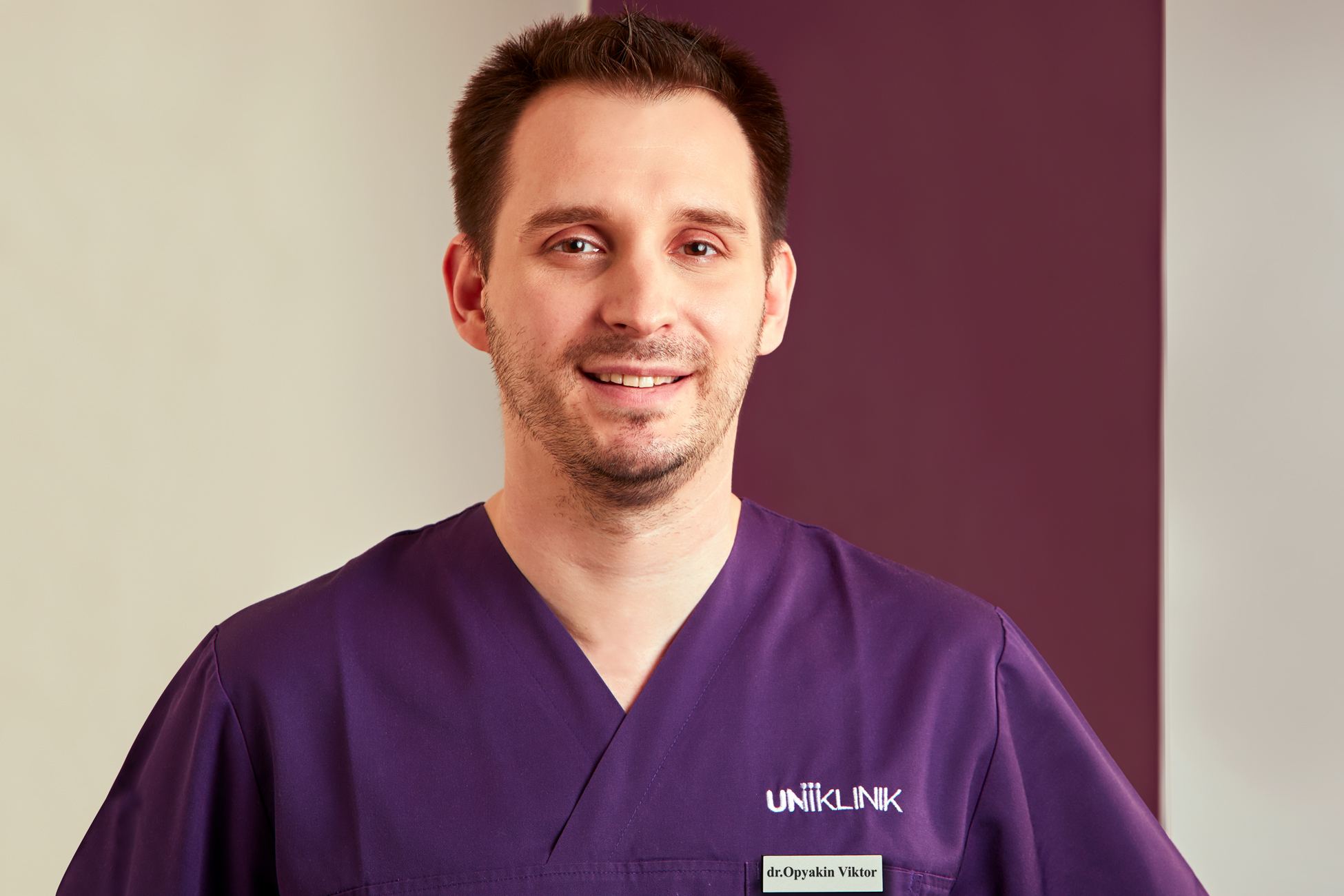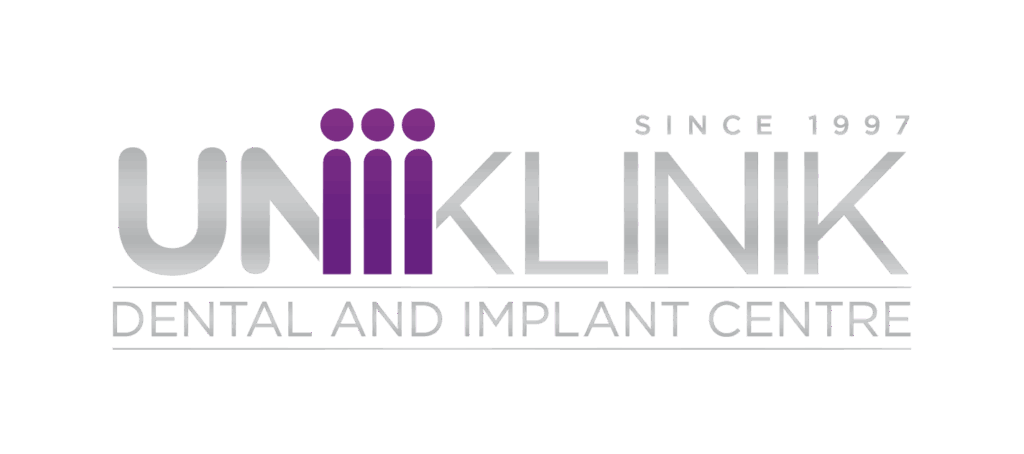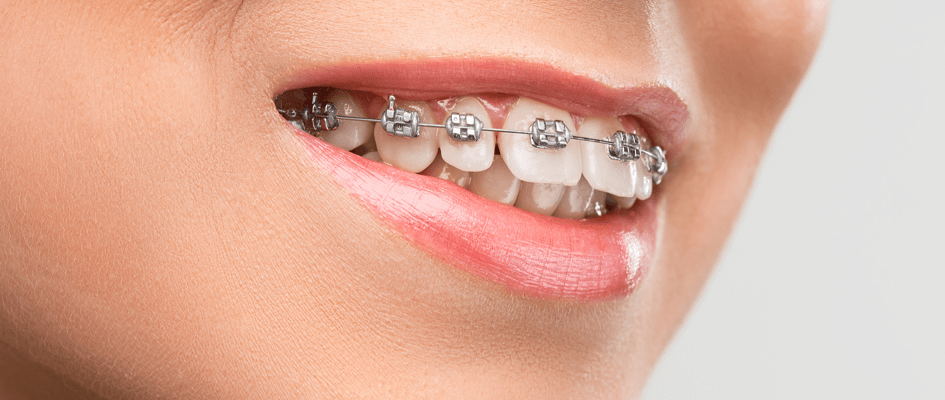
Orthodontics
Orthodontics is an important branch of dentistry; orthodontic treatment not only aligns the teeth but also helps achieve an ideal bite. A properly shaped dentition ensures a more stable bite, reducing the strain on the incisors and canines. As a result, the periodontal tissues remain healthy, preventing further periodontal issues. Additionally, achieving an aesthetically pleasing smile boosts patients’ self-confidence.
What is orthodontics?
Orthodontics is a branch of dentistry that not only corrects misaligned teeth and jaw irregularities but also enhances the appearance of the smile and improves bite function and oral health.This treatment helps prevent further periodontal diseases. Correcting the patient’s misaligned teeth is a more cost-effective solution compared to fixing the damage caused by tooth decay later with dental restorations or implants. Therefore, the goal of the intervention is twofold: to preserve the patient’s natural teeth and enhance their smile.
It is advisable to start orthodontic treatment in childhood, but it is equally effective for adults, yielding noticeable results both in terms of aesthetics and functionality.

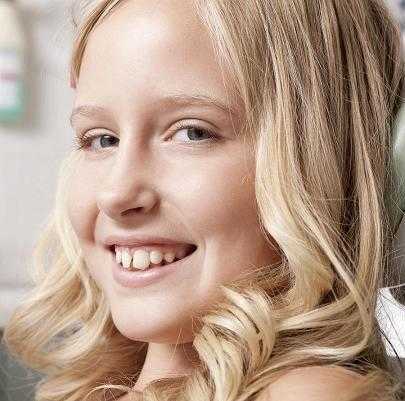
Why is orthodontic treatment important?
Orthodontics is way more than aesthetic correction, as a properly aligned dentition not only looks better; alignment is also crucial for the health of the teeth. With straight teeth arranged in a regular arch, the bite becomes ideal, and the load on the jaw, gums, and muscles is more even. Therefore, orthodontics can prevent and correct numerous issues – and it even improves our smile!
Irregular teeth can lead to bite problems, which can cause headaches, migraines, neck pain, and temporomandibular joint (TMJ) inflammation.
When do you need to start an orthodontic treatment?
Orthodontic treatment is not only recommended when we desire a perfect smile, there are several cases in which this intervention becomes necessary. For example, the eruption of wisdom teeth can pose a risk, as it often leads to crowding. This, in turn, increases the likelihood of cavities. Orthodontics can also provide a solution for traumatic injuries (such as a broken tooth due to an accident) and for cases where we wouldn’t initially think orthodontics would be the answer. Such cases include mouth breathing, teeth grinding, or clicking of the temporomandibular joint, among others.
The process of orthodontic treatment
- Consultation: During the consultation, a preliminary assessment is made, including a panoramic X-ray, teleradiography, and, if necessary, a CT scan. The orthodontist examines the entire dentition, providing a comprehensive picture of the necessary treatment. Additionally, impressions of the teeth are taken so that required measurements can be performed on plaster models.
- After the consultation, a personalized treatment plan and quotation is created, detailing all associated costs.
- If the patient accepts the quotation, an appointment is scheduled for the initial treatment procedure, according to the treatment plan.
- If tooth extraction or other oral surgery is required for the treatment, the orthodontist consults with an oral surgeon, and the surgical procedure is carried out during a subsequent appointment.
- The orthodontist then places the brackets on the teeth and the rings/tubes on the back teeth, and ties in the initial archwire. The patient is given full instructions on oral hygiene practices to follow with the appliance.
- During follow-up treatments (always scheduled in advance at agreed-upon times), the orthodontist makes minor or major adjustments to the appliance and may replace the archwire if necessary to achieve the desired outcome.
- At the end of the treatment, once the desired result is achieved, the orthodontist removes the brackets and rings, cleaning the tooth surfaces from any adhesive residues or discoloration. Impressions are then taken for the creation of a removable retainer.
- The removable appliance should be worn as directed by the orthodontist until the teeth are securely fixed in their new positions within the jaw. It is essential for the patient to follow the instructions for wearing the appliance; otherwise, the teeth may shift back to their original positions, undoing the work of even several years!
Orthodontic treatment for children
Orthodontic treatment can be started as early as childhood (from ages 3-5). The goal is to ensure the proper, healthy development of the jawbones right from the beginning. To avoid the need for extractions as an adult, it is beneficial to use removable appliances in early childhood, as they serve a space-maintaining function for the permanent teeth that have not yet erupted.
A common misconception is that orthodontic treatment can only begin once all the baby teeth have fallen out. This could not be further from the truth. The earlier the intervention starts, the greater the chance that the child’s jaw and teeth will develop properly, preventing future crowding, cavities, and extractions. Early treatment can also help manage typical childhood habits, such as tongue-thrust that can cause protruding teeth or thumb-sucking.
The main goal is to ensure the healthy development of the jawbones with removable or fixed appliances and to positively influence the development of permanent teeth to prevent future tooth loss and extractions in adulthood.
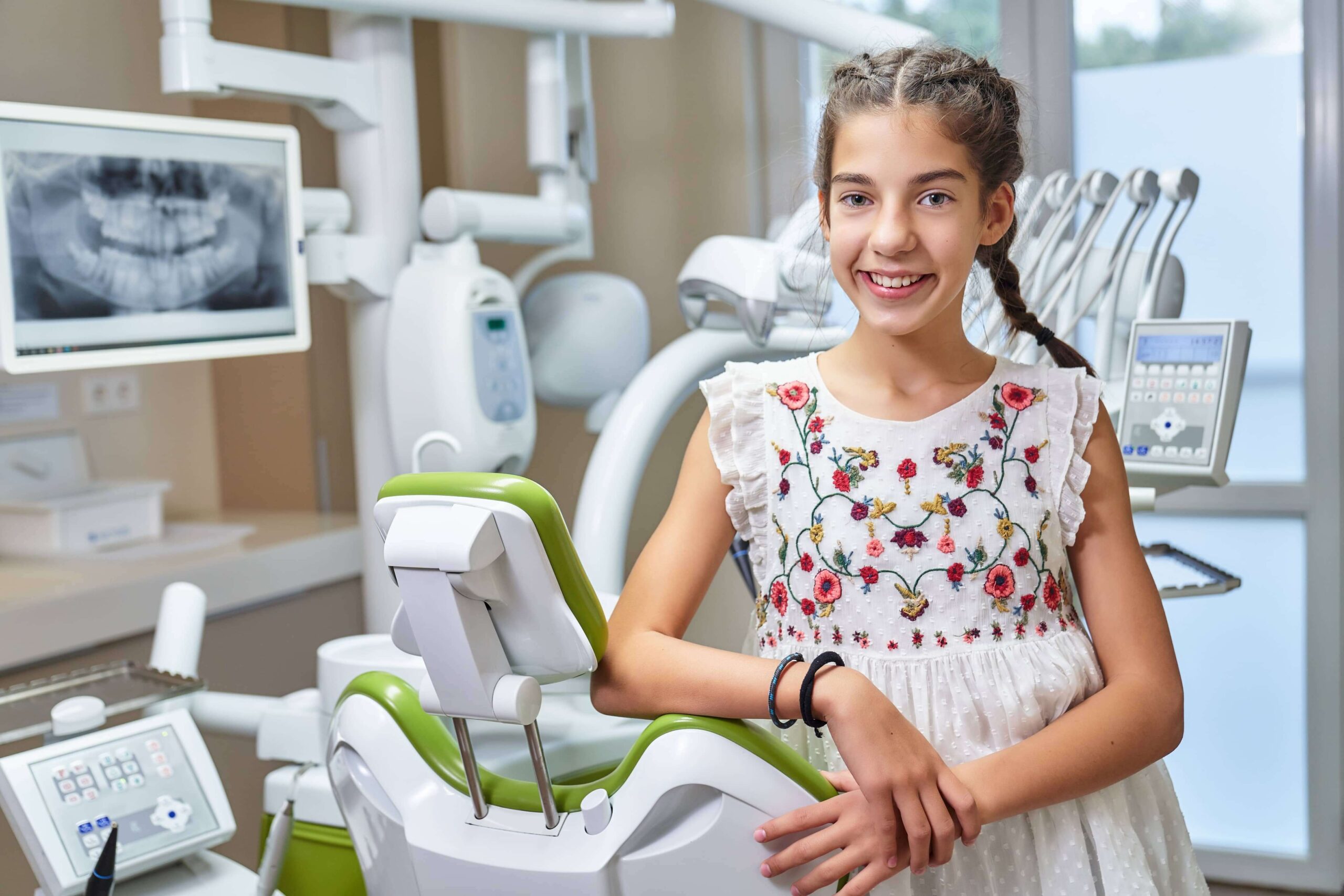
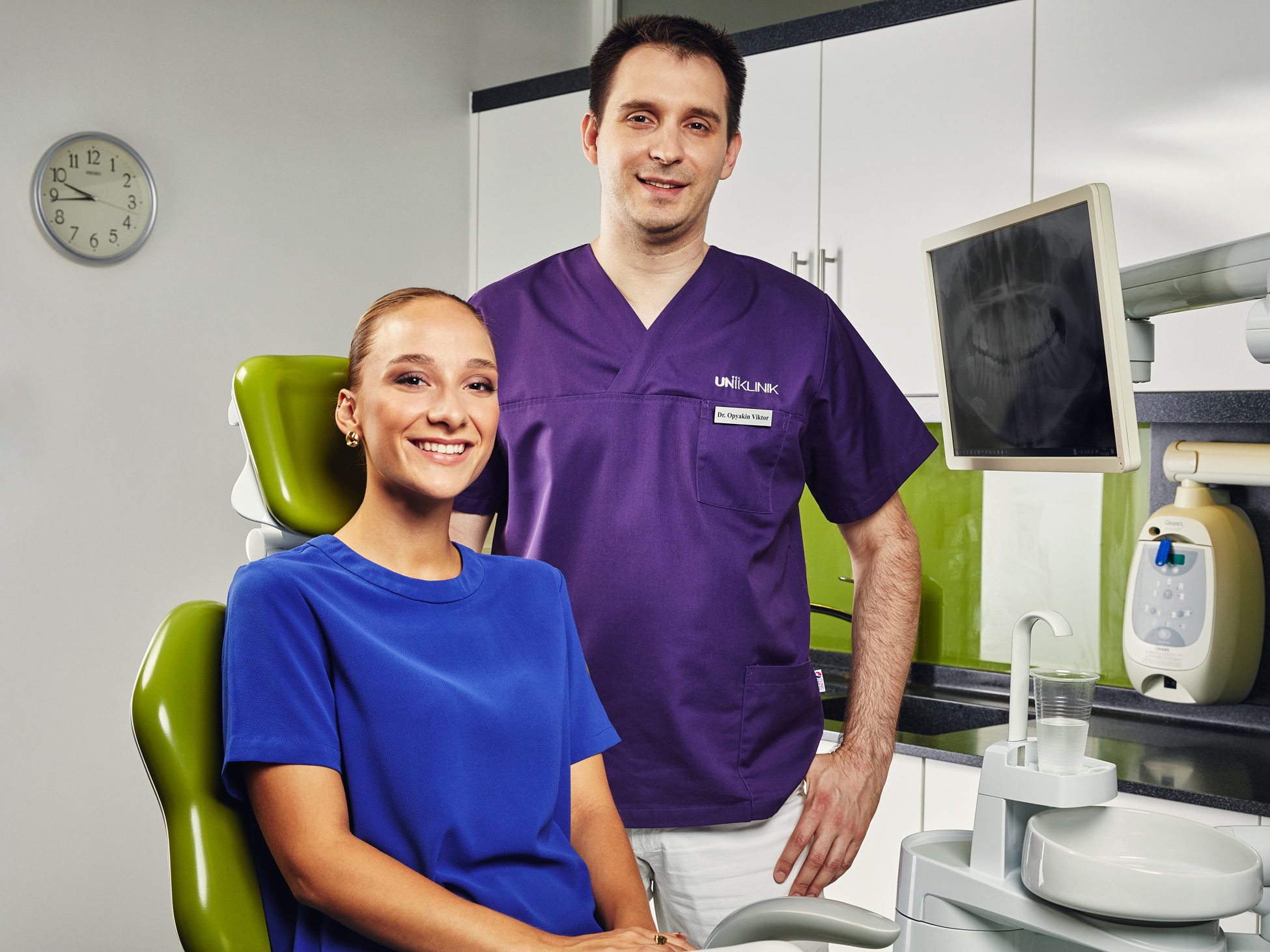
Orthodontics for adults
Many people, despite feeling self-conscious about their imperfect smile, hesitate to undergo orthodontic treatment because they believe wearing braces as an adult is uncommon. It’s important to know that orthodontic treatment is not age-restricted! In fact, it is entirely possible to improve the condition of our teeth as adults, and today there are orthodontic appliances available that are almost invisible, so those who hesitated before can now confidently take the step.
One advantage of adult orthodontics is that it can address issues caused by missing teeth, and we can fully restore the dental structure. As the jawbones no longer develop in adulthood, we need to reposition the teeth themselves during orthodontic treatment. Unfortunately, to achieve a successful outcome, it may be necessary to remove one or more teeth, but there is no need to worry, as the end result will be a beautiful smile.
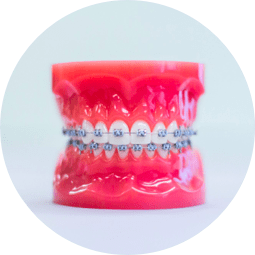
Fixed Orthodontic Appliances
Fixed braces remain in place throughout treatment. Their major advantage is precision and predictability of results.
Orthodontic specialist consultation (without X-ray)
55 EUR
Fixed porcelain braces (3M Clarity)
from 1000 EUR
Fixed metal braces (3M Mini Uni-Twin)
from 725 EUR
Activation fee (every 4–6 weeks)
75 - 100 EUR
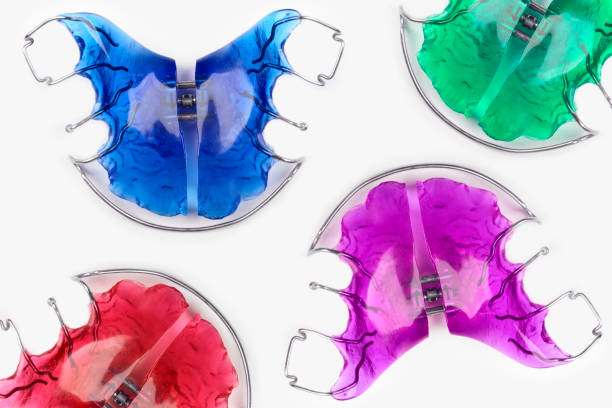
Removable Orthodontic Appliances
Ideal for children with both baby and permanent teeth. They are usually worn at night or during quiet periods like study time.
Activation fee (Hyrax expander)
40 EUR
Removable appliance (single-jaw expander plate)
from 240 EUR
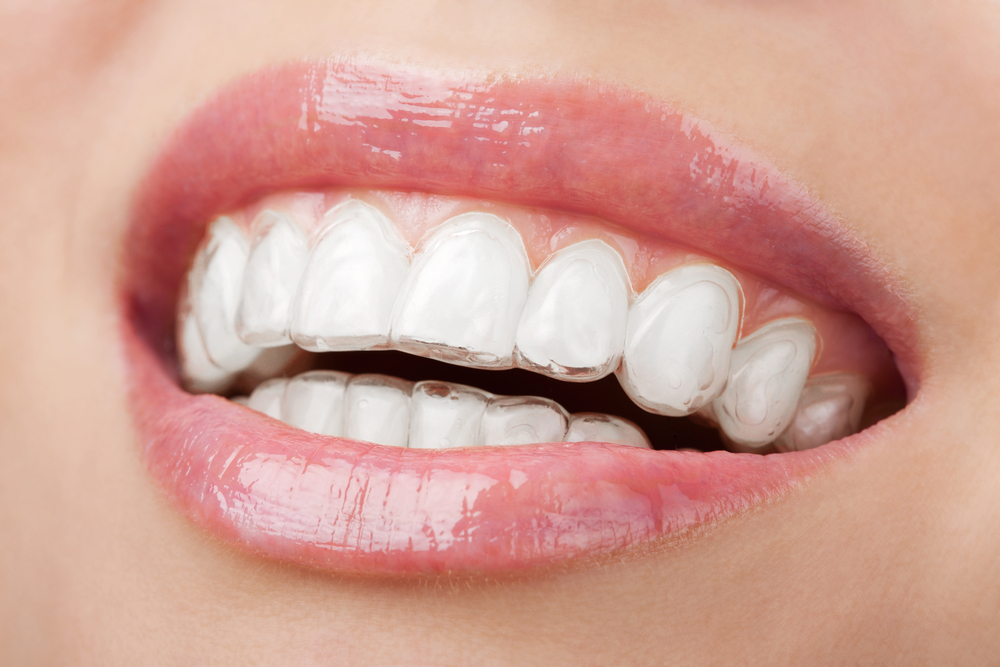
Invisible Braces
Invisible orthodontics can be achieved using devices placed on the inner side of the teeth or with transparent aligners. With proper hygiene, they are nearly undetectable.
Lingual braces (fixed on the inner surface)
from 950 EUR
Clear aligner (transparent plastic tray)
from 360 EUR
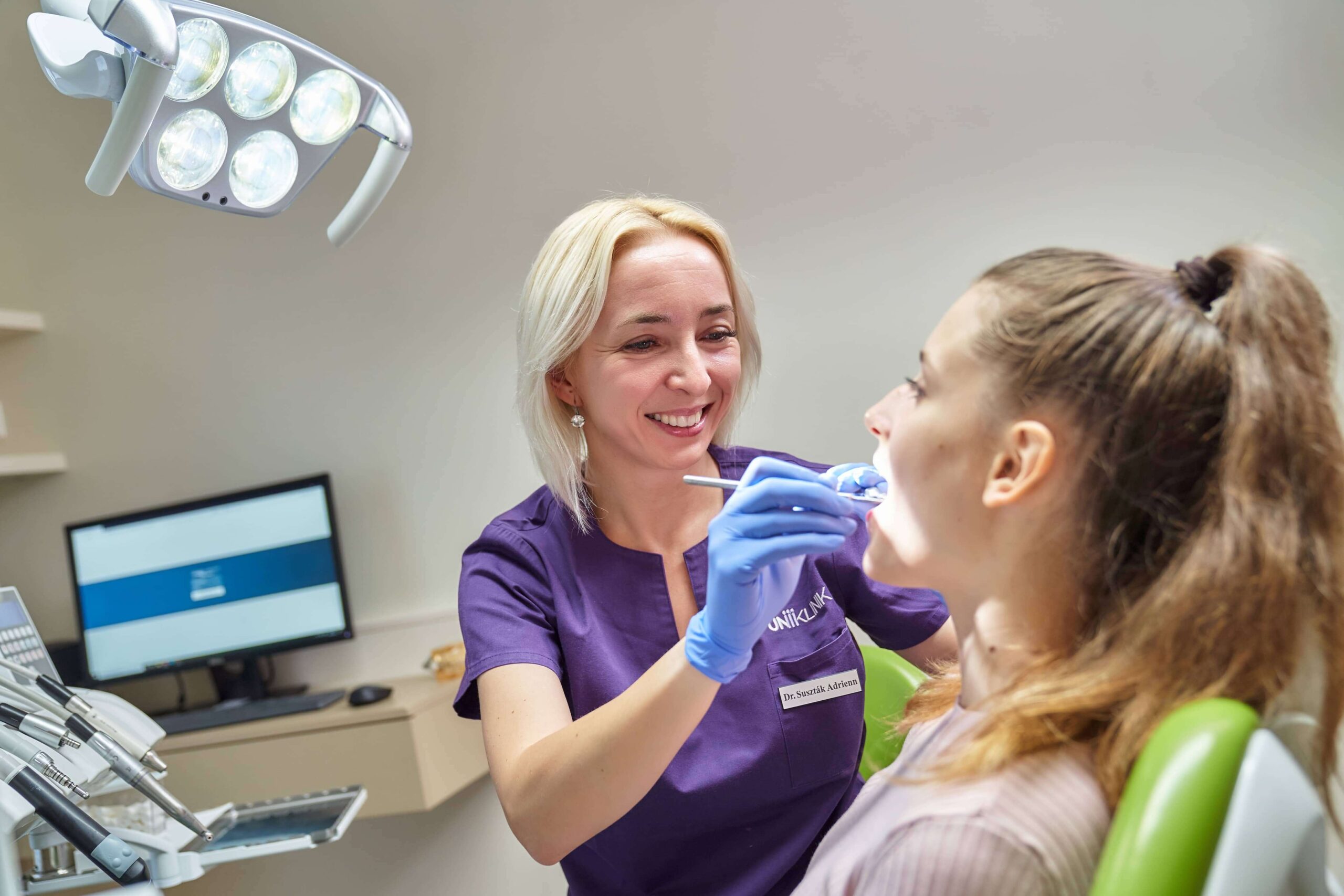
Cleaning braces
During orthodontic treatment, it is crucial to keep the teeth constantly clean. The small brackets and metal wires can make cleaning the teeth and between the teeth more difficult, which is why it’s recommended to use specialized tools. These tools can be easily used by anyone with the guidance and instructions from our specialists. Such tools include dental floss, interdental brushes, a water flosser, or even super floss.
Dental cleaning should be done diligently, as neglecting oral hygiene can lead to poor oral health and tooth decay, which can be very difficult to fix. In some cases, it’s even impossible to restore decayed teeth completely.
If cleaning around the brackets is challenging, it is advisable to avoid consuming foods that may leave residues. These include small seeds, sticky sugary candies, and crunchy snacks. Hard foods can even damage the appliance, so it’s wise to avoid them during the period of orthodontic treatment.
Orthodontics in Budapest
Orthodontics in the heart of Budapest, at Uniklinik Dental and Implant Center. Our committed orthodontic professionals: Dr. Adrienn Suszták and Dr. Viktor Opyakin will do their best to make sure you receive the treatment you need. All you have to do is book an appointment in our easy-to-use booking system.
